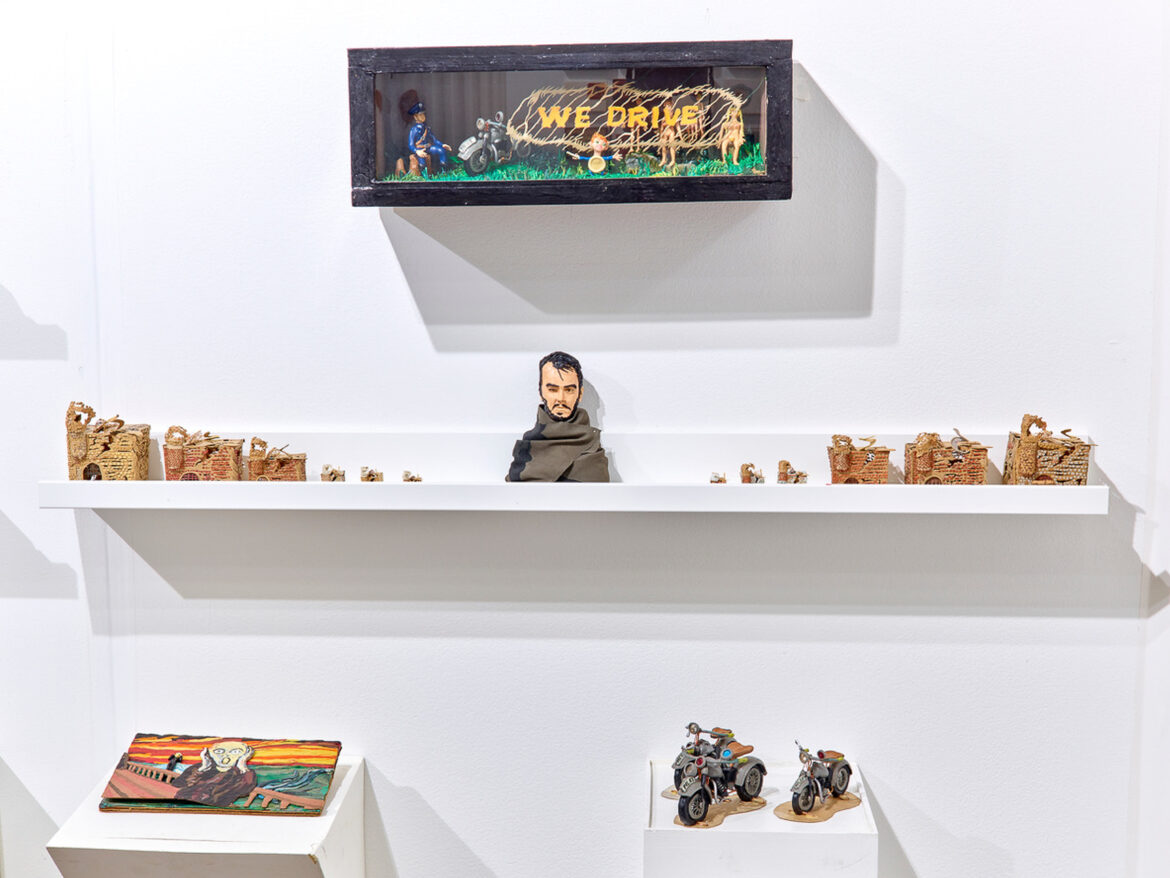By Kirsten Coachman
“In places like L.A.—especially the stop motion community—Bruce Bickford is like a god,” according to Academy of Art University School of Animation & Visual Effects Stop Motion Lead Aaron Guadamuz.
It’s not every day an exhibition one has curated gets highlighted in the New York Times. Guadamuz and his colleague, artist Eric White, received a mention for their work in putting together an exhibition for this year’s New York-based Outsider Art Fair to showcase the work of their late friend and artist, Bruce Bickford.
“Bruce is most well-known for the stuff he did with Frank Zappa, which was in the ’70s,” said Gaudamuz, who first met Bickford in the mid-aughts. “He worked for him for about 10 years, I think, from ’74 to ’82. Bruce has a cult following because of [their collaboration].”
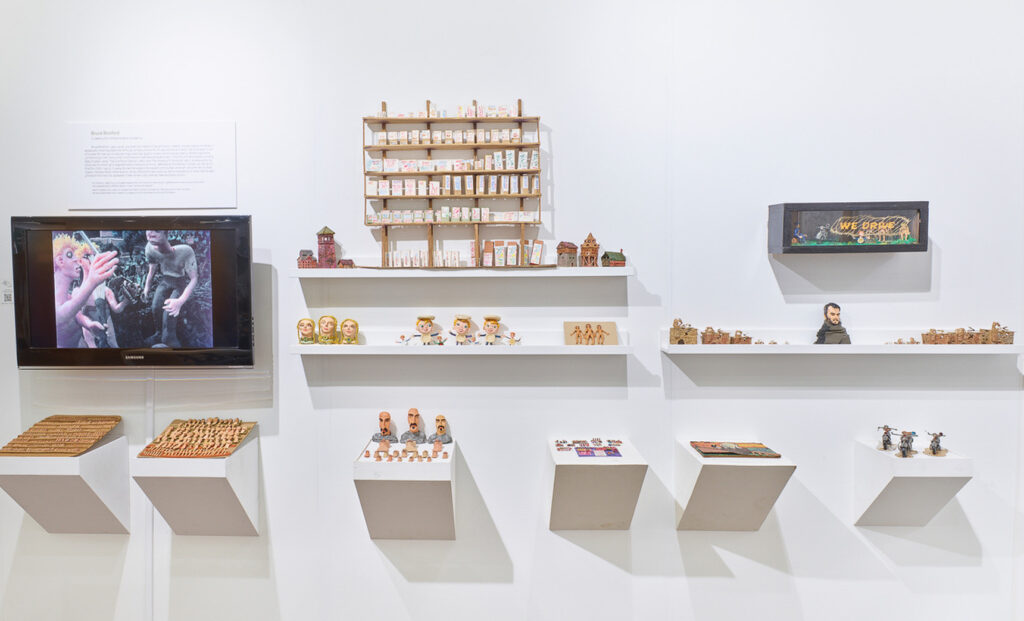
Bickford’s animation work was featured in Zappa projects such as “Baby Snakes” (1979), “The Dub Room Special” (1982), and “The Amazing Mr. Bickford” (1987).
The reclusive self-taught artist worked mostly in line and clay animation. However, his unique work crossed many artistic disciplines, including painting, sculpture, and illustration. Guadamuz, who helped archive Bickford’s works following his passing in 2019, estimated that Bickford probably created over one million clay figures, 70,000 drawings of drawn animation, and a few thousand one-off drawings.
“He’s one of the greats, but he’s kind of an unsung one, and part of it is because he spent four or five decades working by himself up there in Seattle,” said Guadamuz, who noted that Bickford had dedicated time working on graphic novels during his last 10 years. “The first time I went to his house and went to his garage—this was going on 20 years ago—I was just like, ‘Whoa, I just can’t even believe what I’m looking at here.’ It was just decades and decades of someone who had just done insane amounts of meticulous work.”
Guadamuz worked with Bickford to help showcase his work both in the States and overseas. Prior to Bickford’s passing, one of his final wishes was that Guadamuz and White figure out a way to continue showing his work.
“So far, it’s gone pretty well,” said Guadamuz.

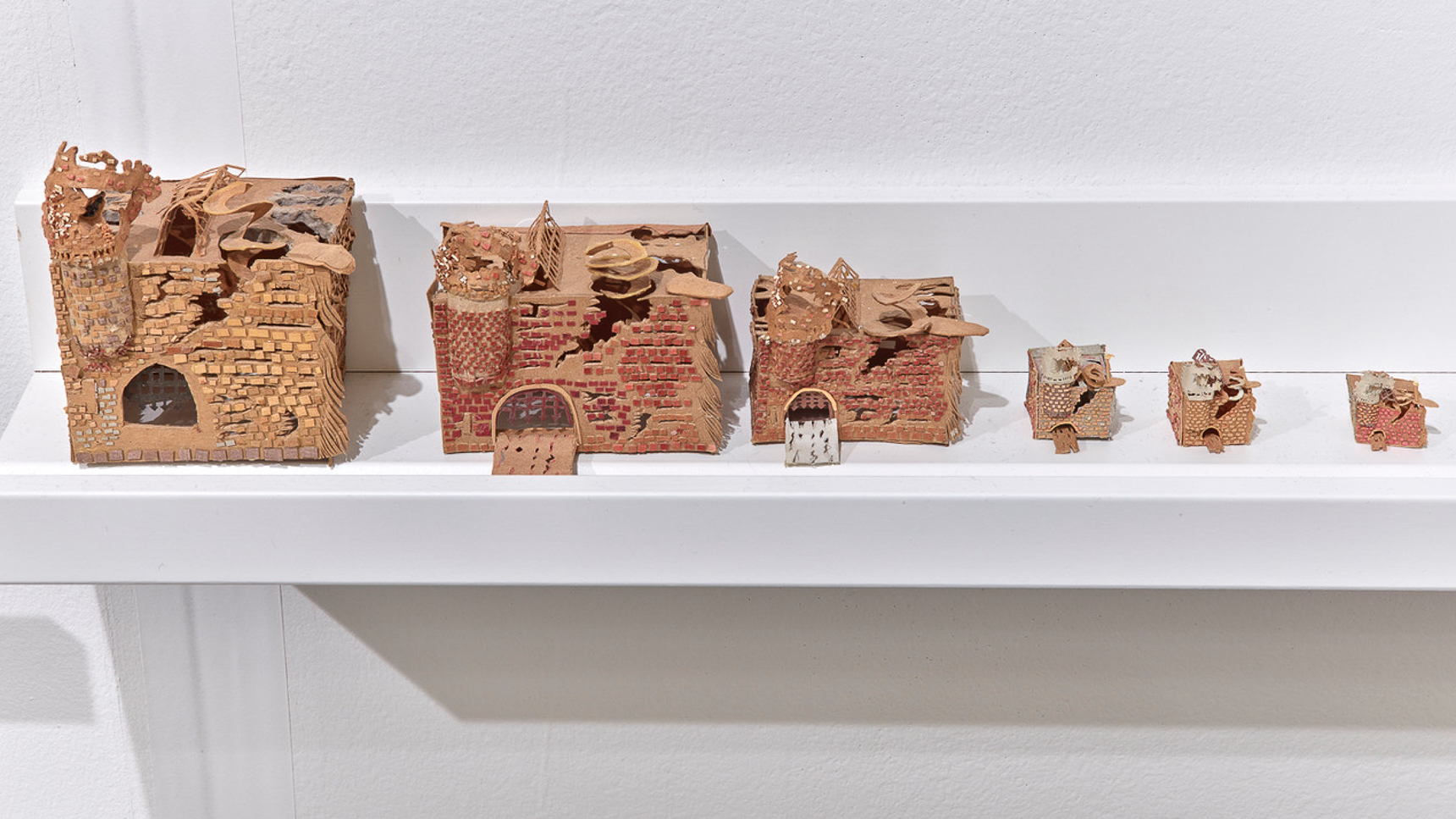
When it came to putting together a curated space of Bickford’s work for the Outsider Art Fair—held earlier this year in March—Guadamuz and White were tasked with figuring out how to tell as much of Bickford’s creative story as they could within a 12-by-14-foot space.
“We knew we had to have clay work,” said Guadamuz. “We have a big spreadsheet that tells us where it is in our storage units in Seattle, so we figured out what we wanted.”
The Outsider Art Fair—notably celebrating its 30th anniversary this year—is an exhibition for unknown artists who are primarily self-taught in their chosen craft. The fair takes place twice a year in New York and Paris. Guadamuz explained that spaces at the Outsider Art Fair are typically reserved for galleries. Due to it being an anniversary year, he and White were invited to show Bickford’s work as a special curated space.
As one of the four curated spaces at this year’s Outsider Art Fair, Guadamuz and White wanted to show the breadth of Bickford’s work the best they could while also having work on display that was complementary to the other spaces.
“It’s a matter of knowing what the space is and then just narrowing it down,” said Guadamuz. “We wanted to make sure there is a lot of Frank Zappa-esque stuff in it because the other curated booth—the psychedelic one—had a lot of music-related stuff.”
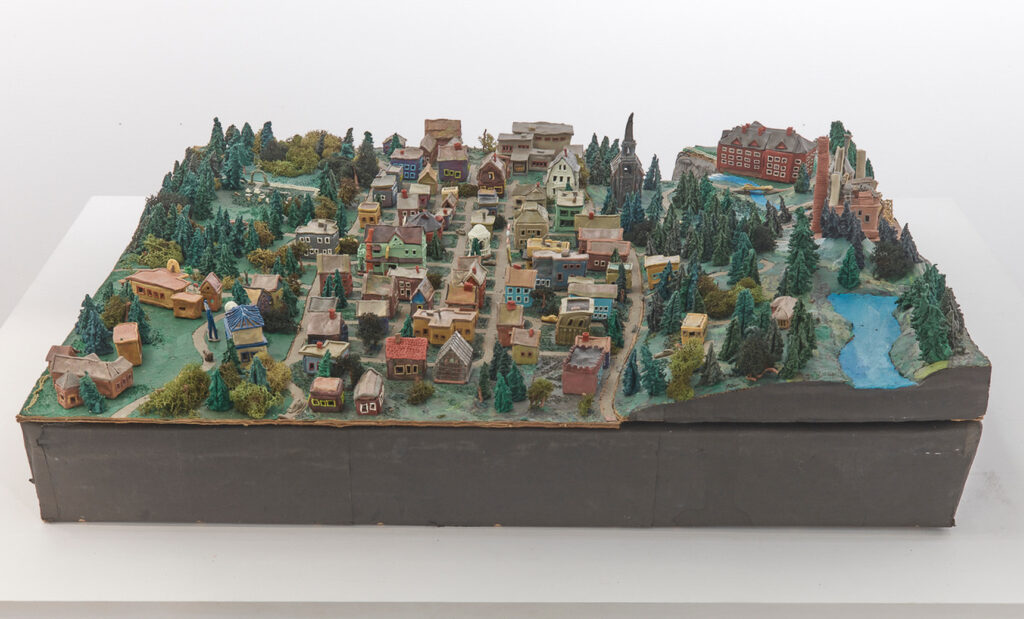
One of the pieces Guadamuz said White was adamant about including was Bickford’s heavily detailed small-scale, 36-by-36-inch clay replication of the town Twin Peaks, from the famed ’90s David Lynch series of the same name. It would become the centerpiece of their curated space—garnering the attention of the New York Times.
“When you do a show in New York, you’re lucky if you get any press, but the press love that fair,” explained White. “It was the 30-year anniversary, so I just thought we had to have a showstopper piece that’s going to literally make people stop in their tracks and say, ‘What the hell is that?’ That’s why the Twin Peaks one, in my mind, is the best one we have for such a great opportunity.”
White added, “It was a nightmare to get it there, but I think that was the piece that needed to be there.”
“It got a lot of attention,” said Guadamuz, who noted David Byrne, Sonic Youth’s Lee Rinaldo, Slayer’s Kerry King, and “Uncut Gems” director Josh Safdie were among the visitors they received at their booth. “It got in the New York Times, which was amazing.”
Also on display were two of Guadamuz’s personal favorites: “microscopic”-sized castles and a series of “really meticulous” circuit boards Bickford had created out of clay.
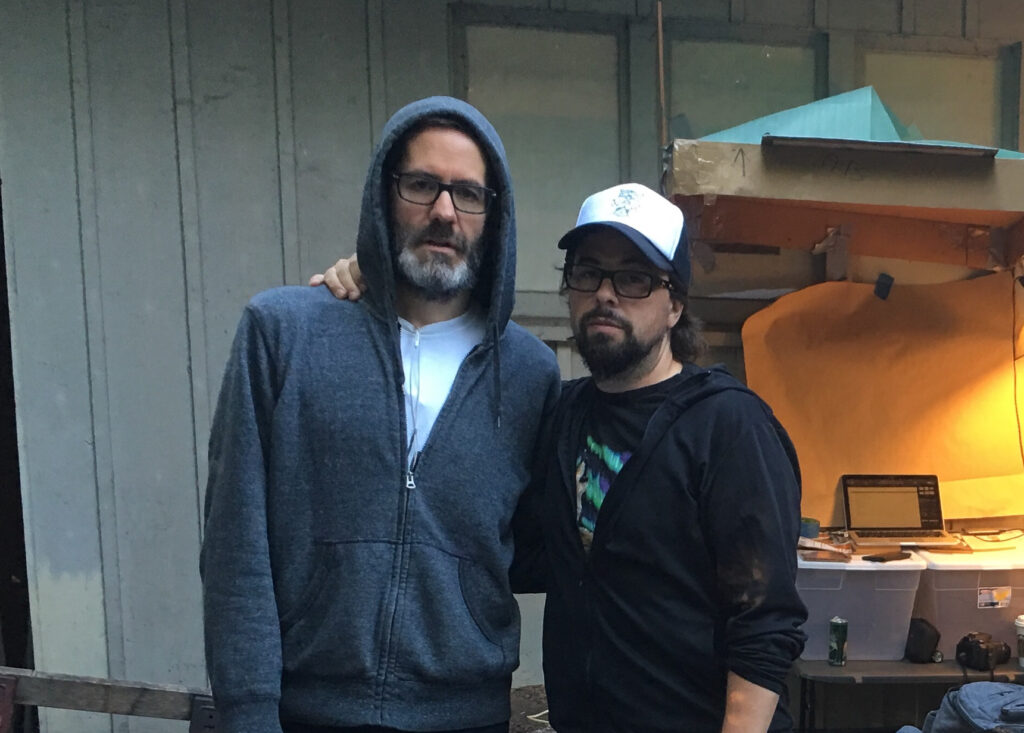
“[The castles] went down to being these tiny, tiny things,” explained Guadamuz. “They’re these little cubes, but they were also meticulously detailed, like we [could see] the bricks on them.”
The tireless effort that Bickford put into his craft is something that Guadamuz cites as making a lasting impact on him.
“Sometimes he would have like three times as many of these things for something that he was animating, and you’d say, ‘Bruce, you know, you could probably cut out every other one, and no one would notice, do you ever think about doing [that]?’ He’d say, ‘No, absolutely not. No, I don’t want to do that.’ He just never cut corners on anything. That’s probably why a lot of things were never quite finished, but also why they were so amazing.”
In addition to the New York Times mention, the curated space was listed by Art News as one of the top nine booths from the entire Outsider Art Fair. For Guadamuz and White, being a part of the Outsider Art Fair was an opportunity to get Bickford’s name recognition within a community they feel his work belongs.
“[I]t’s a little bit bittersweet that he’s not with us,” said Guadamuz. “But I’m very, very happy that we were able to do something this major and get that much attention for him because that’s what I told him I would try to do.”
